The scene takes place between dishes simmering in heavy cauldrons and game rotting. In the warmth of a kitchen, a fortune teller, a gypsy, grabs the hand of an elegant young man in order to uncover the secret of the future in its lines. Time seems to stand still, all eyes focus on the hand awaiting the revelations of the palmist. But are the two individuals bustling behind the gentleman only interested in the verdict of the divination? Could they be searching the gentleman's pockets in search of loot?
Simon de Vos composed several genre scenes in this kitchen setting, sometimes reversing its meaning. Thus we retain "La Bohémienne", Oil on copper 1639, KMSK Antwerp - "Party of convivial cards", oil on copper 1640, Sothebys sale 26.01.2007 - or "Kitchen interior with a fortune teller", oil on canvas, Dobiaschofsky sale 05.11.2014.
De Vos is fond of the warmth of dark interiors wrapped in ochres and browns while using a more vibrant chromatic range for the decorative elements or costumes. On the iconographic level, he draws on the repertoire of Pieter Paul Rubens, in particular for the importance given to the gestures of the protagonists.
The theme of this painting ("The Fortune teller" in English) made fashionable by Caravaggio at the end of the 16th century, seduced many painters such as Georges de la Tour, Valentin de Boulogne or Simon Vouet who painted their own interpretation of the subject. These scenes must be observed with different levels of reading: they have a moralizing connotation and warn against false prophecies and interested seduction. It is in some way an allegory on deception and naivety.
Our painting is presented in a Dutch frame with a reversed profile in blackened wood.
Dimensions 64 X 81.5 cm – 81 x 98 cm with the frame
Sold with invoice and certificate of expertise.
Biography: Simon de Vos (Antwerp 28.10.1603 – Id. 15.10.1676) was received as a master at the Academy of Saint Luke in Antwerp in 1620. He worked for eight years in the studio of Peter Paul Rubens, whose influence would be felt in all his work, accompanying him on his travels in Europe. Back in Antwerp at the end of the 1620s, he frequently collaborated with Franz Snyders and Alexandre Adriaenssen. From the 1640s onwards, he concentrated on large-scale historical painting, with a preference for religious subjects in which he combined the contributions of Rubens and van Dyck. He had a certain success in his art, selling his paintings to major dealers such as Chrysostoom van Immerseel. The mention of him in the iconographic album directed and edited by van Dyck, listing the great Antwerp personalities of his time, bears witness to the esteem that his peers had for him. Rubens also owned a portrait of him painted by Abraham de Vries.






















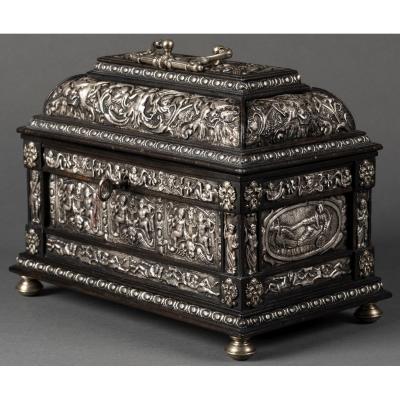
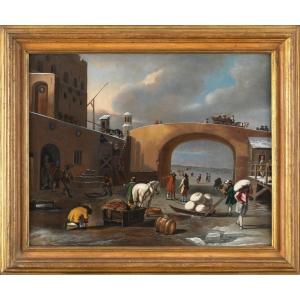

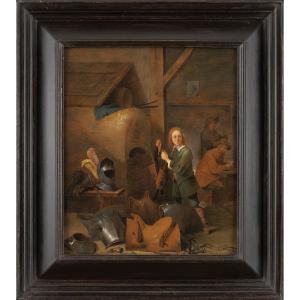
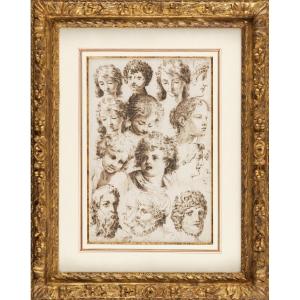



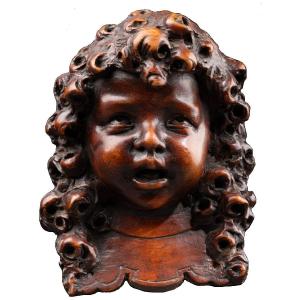




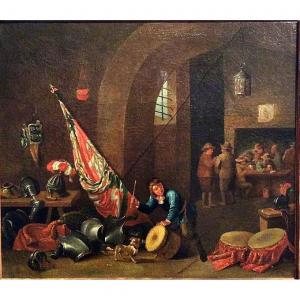
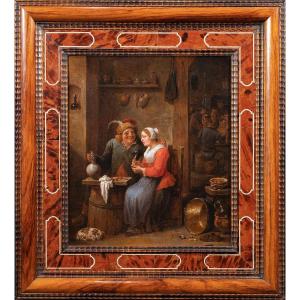

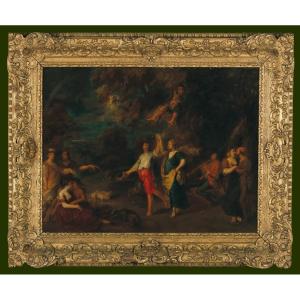
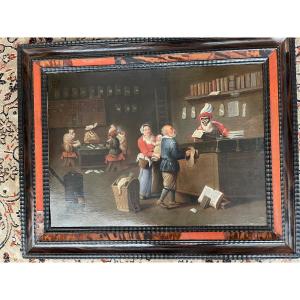



 Le Magazine de PROANTIC
Le Magazine de PROANTIC TRÉSORS Magazine
TRÉSORS Magazine Rivista Artiquariato
Rivista Artiquariato